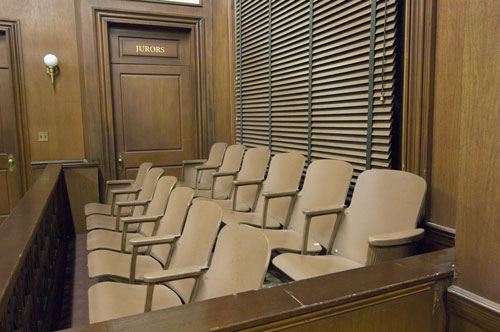The Court continued in relevant part: We appreciate the trial judge’s inclination to reiterate only the words of the model jury charge. Depending on the question posed, many times it is entirely appropriate to do so. But we encourage judges, when the law is clear, to respond directly to unambiguous and specific “yes” or “no” questions from juries during deliberations, rather than simply re-read the final jury charge.
Here, the answer should have been “yes.” For a defendant to be labelled a kingpin, the State must prove each of the four elements of N.J.S.A. 2C:35-3 beyond a reasonable doubt. See State v. Bailey (2018) (“Criminal convictions must rest upon a jury determination that the defendant is guilty of every element of the crime with which he is charged, beyond a reasonable doubt.” (quoting United States v. Gaudin, 515 U.S. 506, 510 (1995))). Because the third and fourth elements of the offense must both be proven beyond a reasonable doubt to find a defendant guilty under N.J.S.A. 2C:35-3 — in contrast to the “financier or organizer, etc.” language within the third element — it is clear that, although both describe the role of the actor as stressed in N.J.S.A. 2C:35-1.1(c), they must be understood as discrete elements, with element four requiring some proof beyond what element three requires. A simple answer of “yes” in response to the jury’s clear-cut legal question would have been appropriate here.
Furthermore, in declining to answer “yes,” the judge informed counsel that he would re-read the entire charge then “elaborate on that a little bit.” Thus, after re-reading the four elements of the offense, the judge stated, “All right, so, you have the 4 elements, 3 and 4 on the surface do they sound similar? Yeah, I would agree with you. They sound similar but they are 4 separate elements to this offense and you have to consider each one separately.” Although the judge was correct that each element of the offense must be considered separately, his statement that he “agreed with” the jury that elements three and four “sounded similar” could easily have been interpreted to mean that the two require the same proofs, which is not correct. As the appellate court insightfully pointed out, the judge “unwittingly suggested that being a supervisor is sufficient to establish that a defendant occupied a high-level position within the organization.” The judge’s elaboration, therefore, amounted to plain error. Cf. State v. Cuff (2019) (finding no plain error as to a challenged jury instruction because it “accurately described the State’s burden of proof with respect to the elements of” the charged offense and its lesser-included offense).
It is a basic principle of criminal law that the prosecution is required to prove each element of a charge beyond a reasonable doubt. It is also common sense that since elements three and four are separate and distinct, it is possible to prove one without proving the other.
